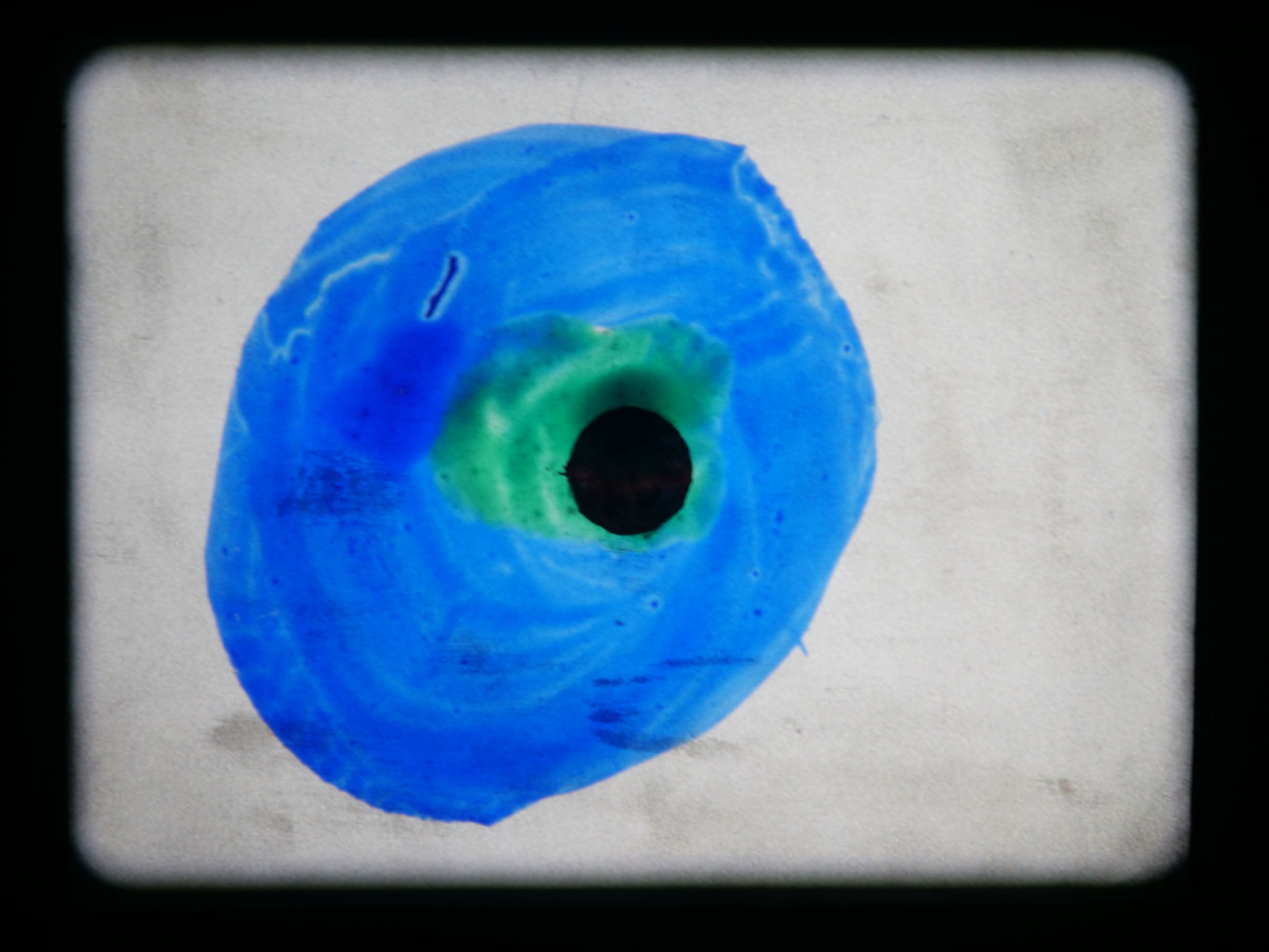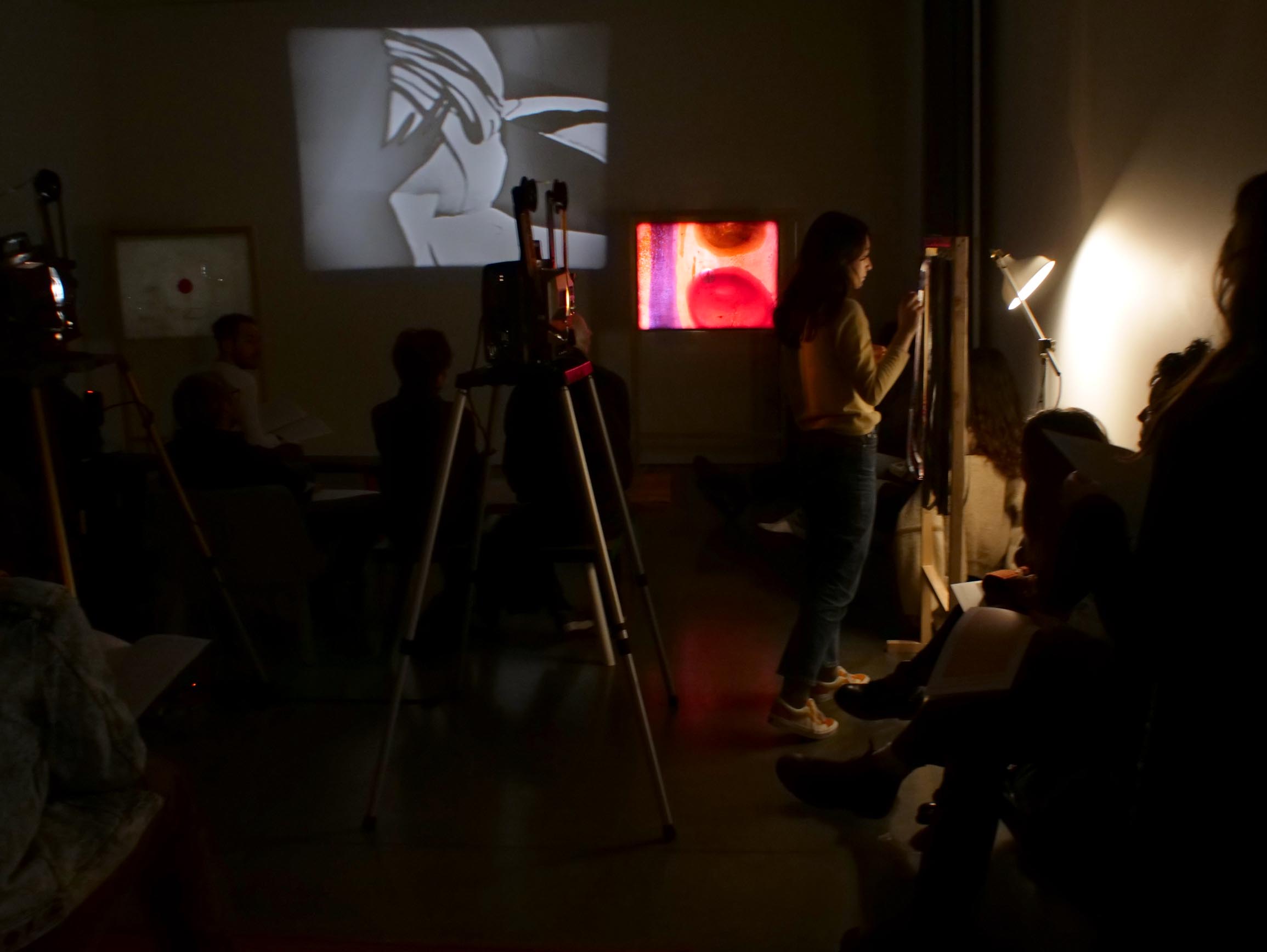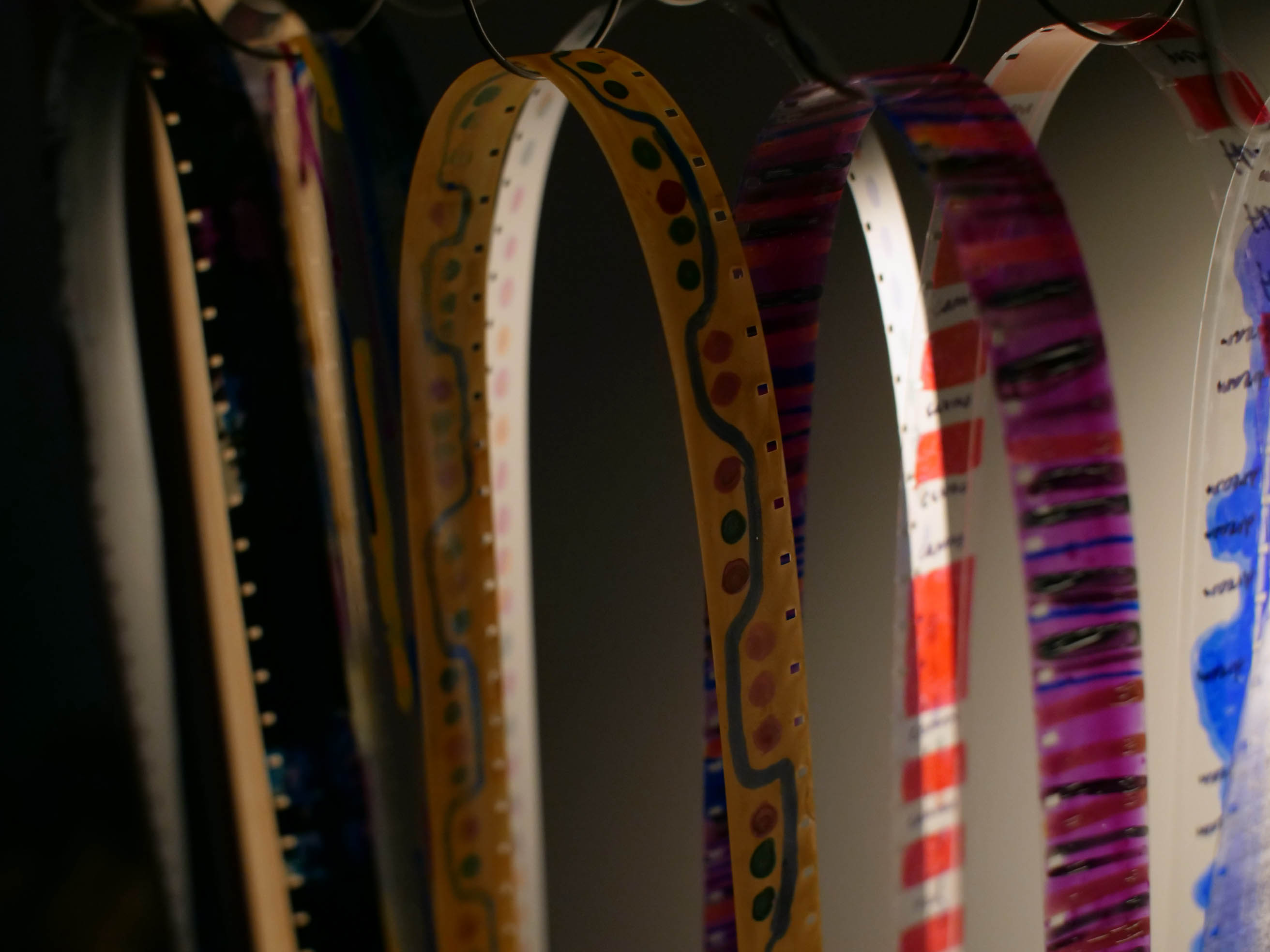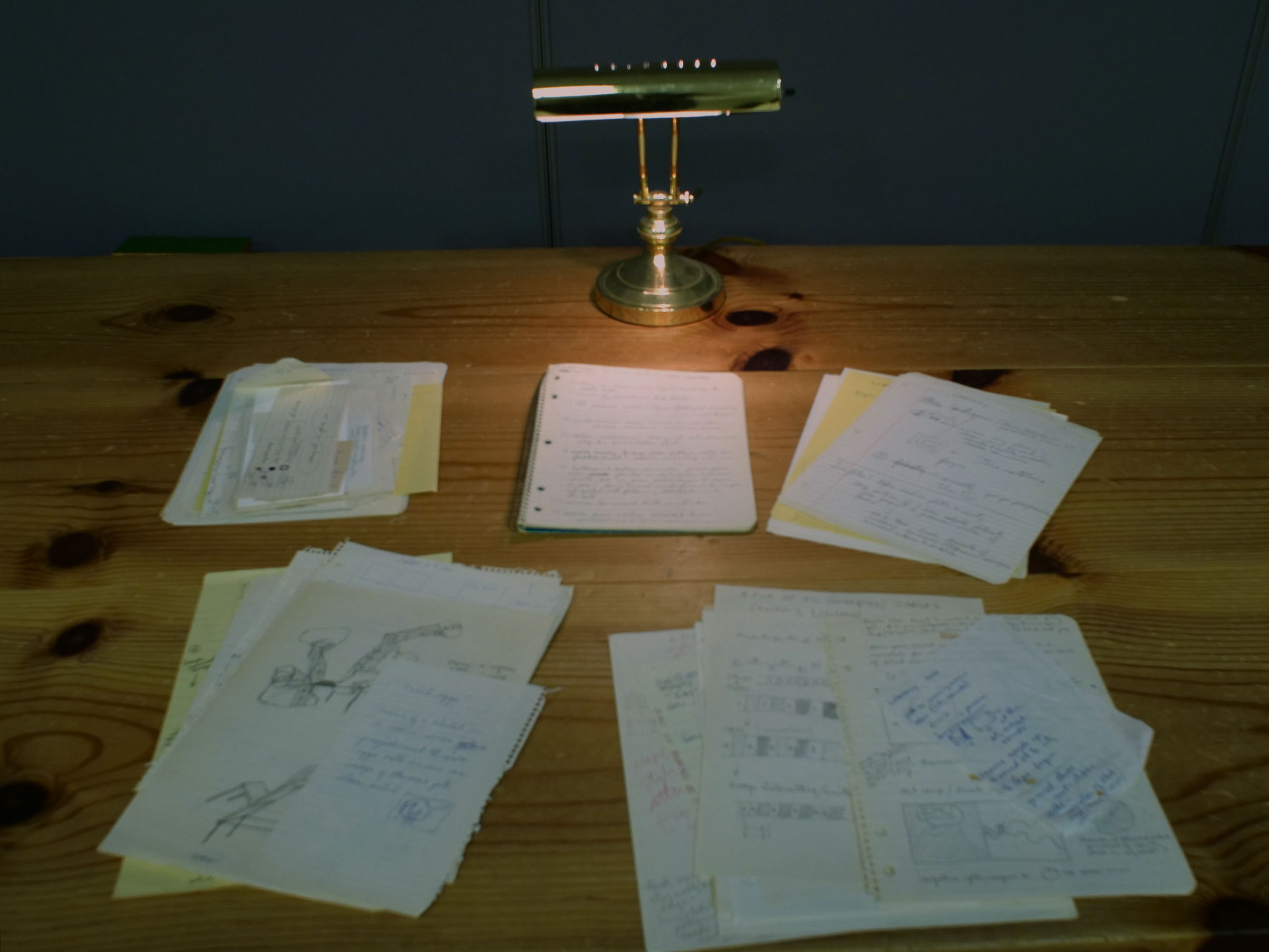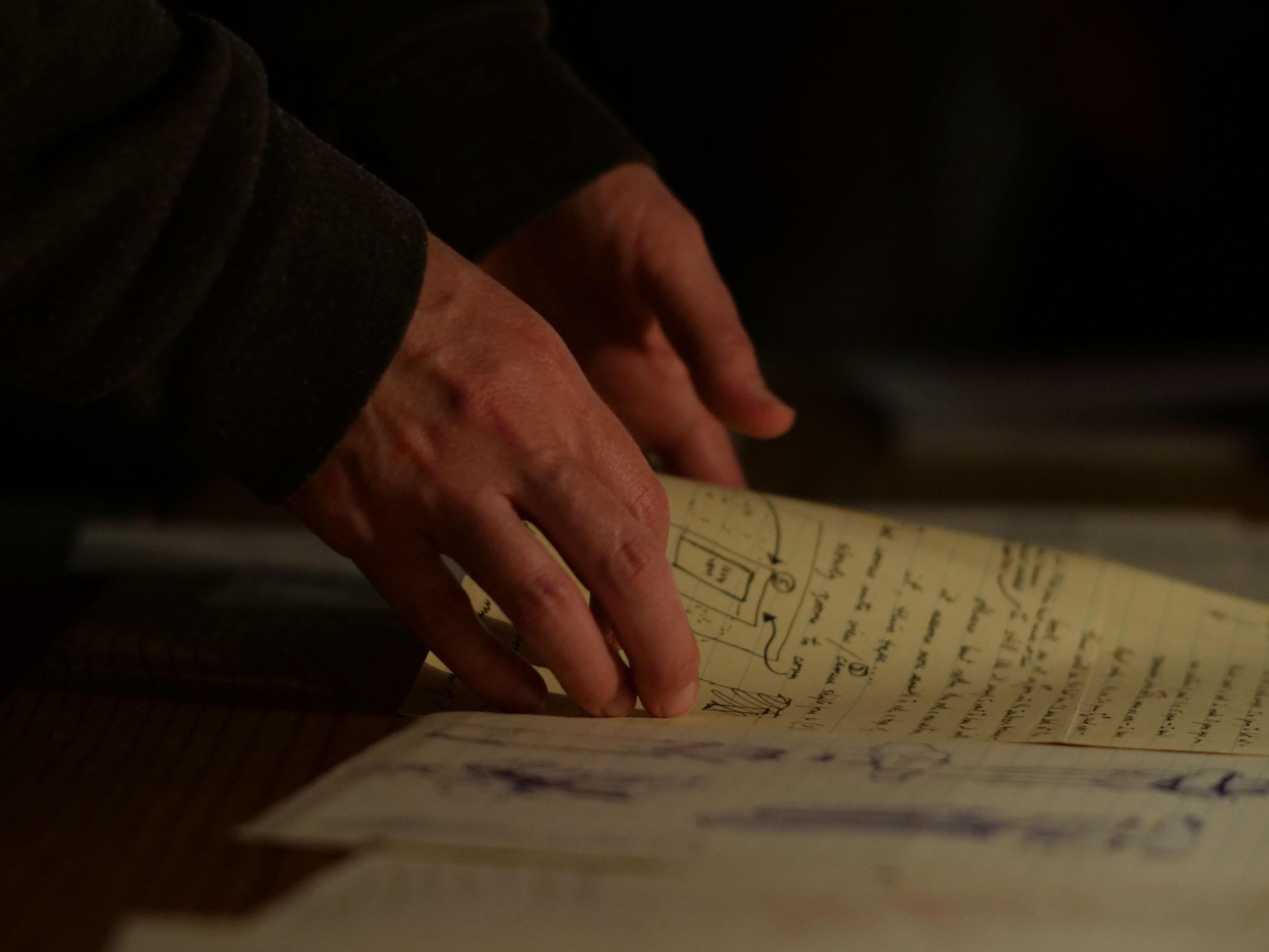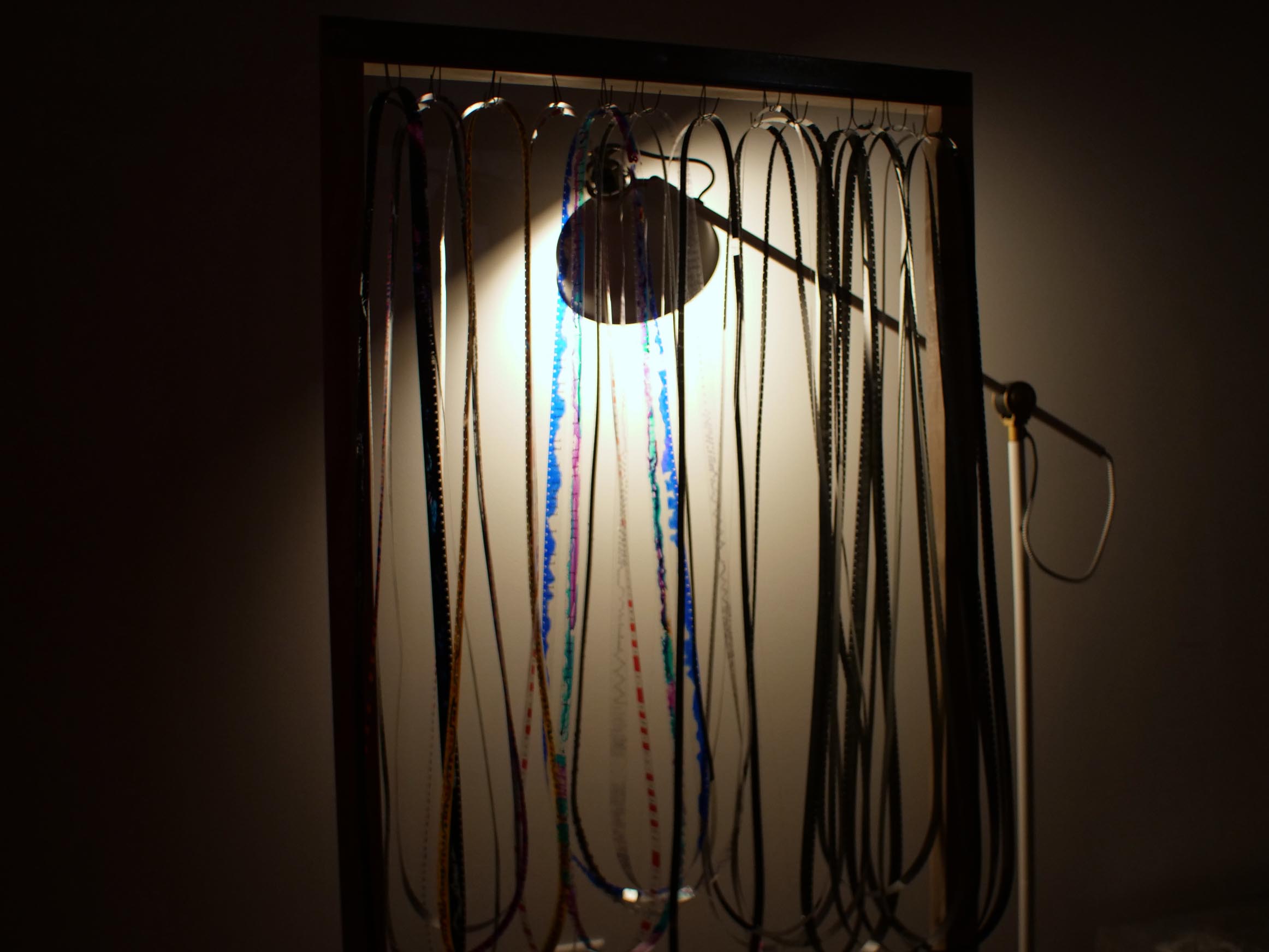Subjects for Further Research: A collection-based micro-residency
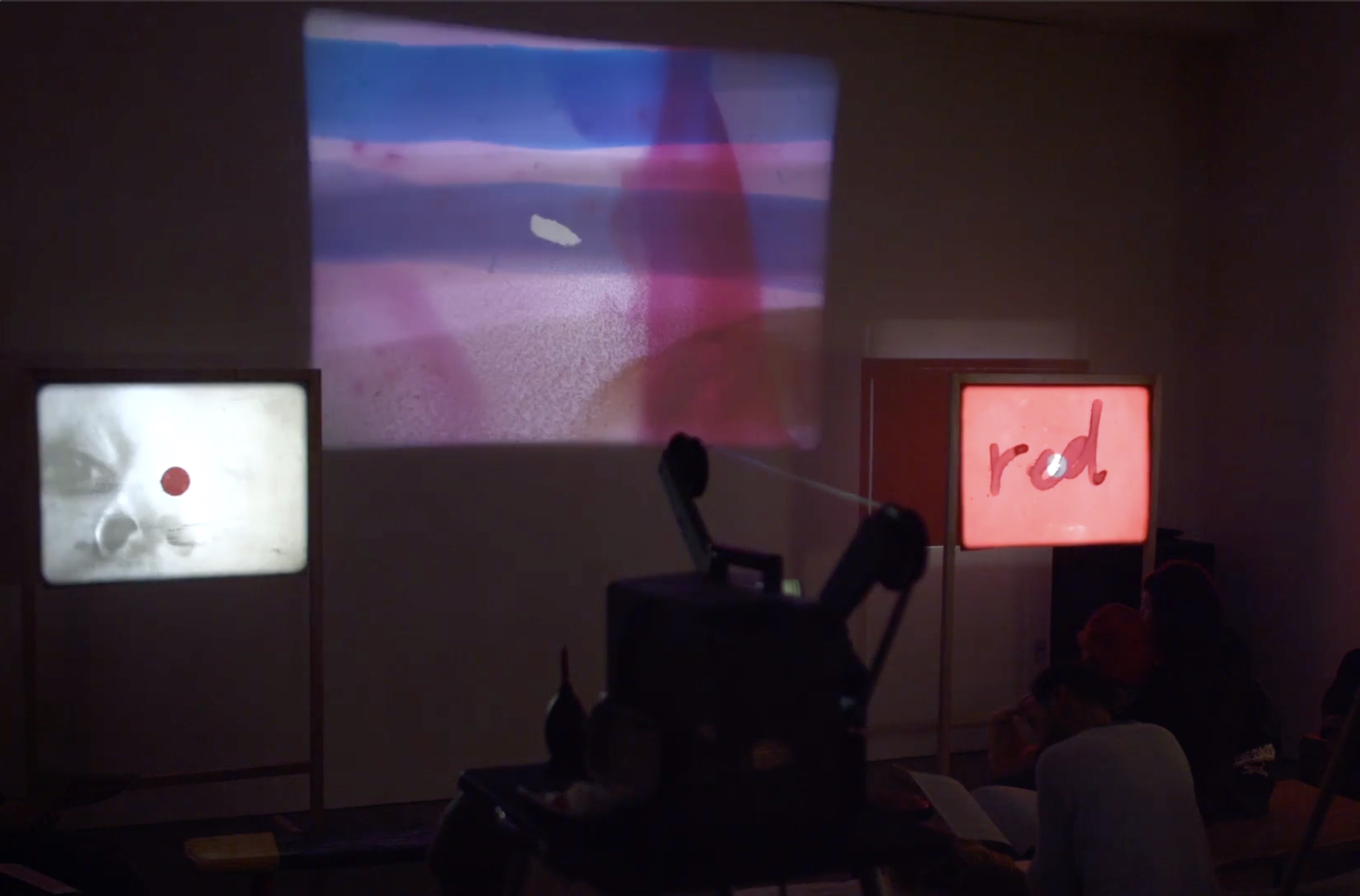
All images © and courtesy Colin Brant, 2019.
Opening the archive
The BAMPFA Film Library and Study Center has recently done a bit of navel gazing after some personnel changes and structural shifts in 2019. This gave us the chance to reimagine a bit of what our purpose is, what our collecting scope can be, and how we can redefine our mission (or really, to state one more directly) to better articulate a relevant position as a resource for film research in the broadest senses.
One of the most exciting outcomes of this has been our first baby steps into public programming, the first of which took place on December 8, 2019. It was the pilot program of the program I proposed in Summer 2019, which I named Subjects for Further Research (with guidance from the inimitable cinephile Max Goldberg). This is a “micro-residency” in which a filmmaker is invited to spend a predetermined amount of time in the PFA collections, and at the end of the period, present their research in the form of a new creative work (thanks Charlie Macquarie), as a public workshop, lecture, performance, etc.
Hand-painted film by Alix Blevins
Historically, the PFA library has been a reference source for film scholars and curators interested in contextualizing cinema with historical documents from our collection of film ephemera, or revisiting works of film scholarship of the 20th century and the early 2000s. It was founded as a resource for the PFA film curators, and remains a mainstay of research for film series in our contemporary exhibition programs. In what was arguably the library’s heyday in the 1990s, we also served the UC Berkeley Film Studies program, as well as programs from SF Art Institute, California College of Arts and Crafts (now just “of the Arts”) and other local film programs, as a reference library and venue for class screenings of films (on film!) from our collection. In particular, our strengths in Bay Area (and Bay-Area-tangential) experimental film provided screenings of works that would otherwise be totally (or mostly) inaccessible to college students.
These days class screenings are an extreme rarity, and people watching moving images on celluloid are few and far between for reasons including the scarcity and relative value of film prints as well as wider availability of films in digital formats (including our own in-house digitization). We’re also just starting to put finding aids to our archival collections online in earnest, so there is presumably fairly limited awareness of our archival holdings. We do regularly host scholars from around the world, though, who have somehow found out about our holdings and have traveled recently from Poland, Ukraine, New York, the UK, and elsewhere in the last year alone.
Part of our drive to update what it is we do with our collections, and how we do it, stems from a survival instinct to ensure that we don’t suffocate ourselves in offering the same public services in 2020 that we championed in 1997, or 2007 for that matter. Or at least that our services remain valuable to our various stakeholders, and that we don’t waste resources on things like binding journals that are ubiquitously available on campus or online, or digitizing ephemera without a clear access plan for the digital objects. On the other hand, screening films on celluloid for researchers is arguably a much rarer and valuable service today than it was in 1990, and we are among a handful of institutions in the area capable of offering access to film, and certainly the only one with as rich a catalog. In other words, we need to adapt to new expectations from researchers, as well as new modes of research, in order to advocate for the continued survival of our collection, and for our core mission of supporting critical thought on cinema.
Hand-painted film by Alix Blevins
With Subjects for Further Research we are now able to call for a new type of collection use that extends the possibilities of an archival collection to actively seek out creative use of our holdings. The research process itself can hopefully be a part of a visiting artist’s creative practice, and in the best cases would be an engine for serendipity that brings unexpected insights about our collection, or perhaps surprising links between elements of the collection and the resident’s own experience and work. I would argue this positions art as a library public service, extending the traditional services of reference, collections stewardship, and advocacy for ethical access to knowledge. To clarify, our service is the facilitation of presenting new creative works and decidedly not the works themselves. Inviting artists to explore our collection presents an opportunity for the light shed by their inquiry to spill out into the local community, with the aim of illuminating a path towards new ways of seeing our corner of cinema.
Alix preparing film loops
Diagrammatic Gestures: Paul Sharits’s film notes
The first resident that we invited to participate in the program was Alix Blevins, an Oakland-based filmmaker and curator. She was really an ideal guinea pig, since aside from being an enthusiastic, intellectually curious, and talented artist, she is also a longtime friend of BAMPFA, and has done a good bit of programming for the Art Lab (bringing musicians like Sarah Davachi and Tashi Wada), and consequently knows about the bureaucratic tangles at UC. My initial proposal was a bit larger-scale than what we were able to pull together funding-wise, so it was a blessing to find someone who could plug in right away and not have to spend time and energy getting up to speed with the institution. She also runs the Risograph printer in the Art Lab, so she was able to design and print her own booklet to accompany the show (see below!).
Alix and I began with a trip to the library’s offsite storage where we hold our archival collections, photo and poster collections, less-used books, and a lot more (it’s across the hall from the film vault too…). I showed her around a bit and directed her to some boxes I thought might be of interest, but mostly let her wander and gravitate to whatever struck her interest. Eventually she made her way to a small collection of Bay Area filmmakers’ papers, including some filmmakers who were not specifically based in the Bay Area. From that collection, she narrowed her focus to visual film scores, and in particular the notes Paul Sharits made in preparation for making films and as a sketchpad for potential films. For Alix, this was a jumping off point to consider Sharits’s notes as “gestures” towards films that may or may not ever exist, which led her to create a series of 16mm film loops as a gestural echo of this process.
Loops waiting to be projected
For the event itself, Alix and her collaborator Colin Brant built a pair of screens that would show one loop each at a time, and a third loop was to be projected onto the wall behind and between the screens; at any given moment there would be three loops playing simultaneously. The loops consisted of both newly-shot film and new hand-painted film. The screens were coated with reflective glass beads and painted as the inverse of each other–one was red with a white center circle, and the other was white with a red center circle. She also built a stand that could house the loops waiting to be run, and the setup of three projectors, two screens, and the loop stand formed the performance environment.
Paul Sharits collection for perusal
Crucially, the back border of this environment was formed by a long table (with a desk lamp), on which was spread a selection of papers from the Paul Sharits collection. Attendees could study the same materials from our archives that inspired Alix to create her work, and for some (particularly the children in attendance!) this was probably the first time handling archival papers. This is one of the more exciting elements of how the event turned out, and was an idea that Alix proposed as she was fleshing out her presentation idea. This should maybe be encouraged in future residency shows, since it’s one of the most exciting live-action uses of archival collections I’ve seen.
Archive->Cinema->Archive
For about 90 minutes, Alix played a variety of loops that resonated with each other while audience members browsed the Sharits papers, chatted, and asked Alix questions about the work and her research. This was also a great element of the show, as it became very participatory and friendly. A lot of the audience were Bay Area film-type regulars and most knew at least a couple of other people (and there was generally an inviting vibe so no one felt left out from what I could tell), so the conversations became lively towards the end of the show.
Next steps
The next round of Subjects for Further Research will probably happen in Summer 2020, again facilitated by the Art Lab. For the moment, I’m considering what qualities the next resident might have in terms of their practice, but I’m definitely interested in having this residency be an opportunity for new artists, and particularly women filmmakers or those from other underrepresented groups. So much of the avant-garde cinema is taken up by white men (Paul Sharits anyone? Brakhage and his big shadow?), which makes it appealing to provide a space for the perspectives of others.
Some of the operational things I think worked well in this round (not even considering the outstanding work Alix made):
- Ephemera! Making this a tradition or a standard part of the residency would be ideal. The Art Lab is already so good at it!
- Presenting archival materials as part of the show
- Collaboration with the Art Lab and David Wilson in particular
- The space itself: the BAMPFA Koret Reading Room is a cool multi-purpose space that managed to get dark enough to see the films
What I’d like to improve:
- Funding: My original proposal offered artists something like $1,500 for their time, but that is just not possible without more outside funding. In 1-2 more cycles after we build a body of work I’ll hopefully be able to look for more potential funders. I think Alix feels fairly compensated for materials and some of her time, and she will be able to recreate the performance in other venues, but part of our responsibility as a cultural institution asking for new work is to help artists make a living doing this.
- Documentation: We had one stationary camera and a Zoom recorder, and Colin took still photos and videos, but I’d like to better plan for documenting the performances.
- Promotion: I was stretched very thin in the weeks leading up to the event, so I’d like to be able to have more planned avenues for promotion so it’s not reliant on my free time (of which there is precious little)
- Outreach: I would like to take more time to reach out to potentially interested residents. Alix was perfectly situated already, but there is the rest of the Bay Area (and beyond) to present the idea to.
Loop loop loop loop
Thanks
This program absolutely would not have happened without the collaboration and support from these people:
Dena Beard, Antonella Bonfanti, Colin Brant, Sean Carson, Kathy Geritz, Max Goldberg, Layton Hebert, Jenny Heffernon, Kate MacKay, Charles Macquarie, Holly Roach, Jon Shibata, Jason Sanders, Dave Taylor, David Wilson
Let me know by email or twitter if you have any feedback! Thanks and see you soon!
An overview of the event
Below is the booklet Alix produced for the program, including an essay and reproductions of Sharits’s notes.
